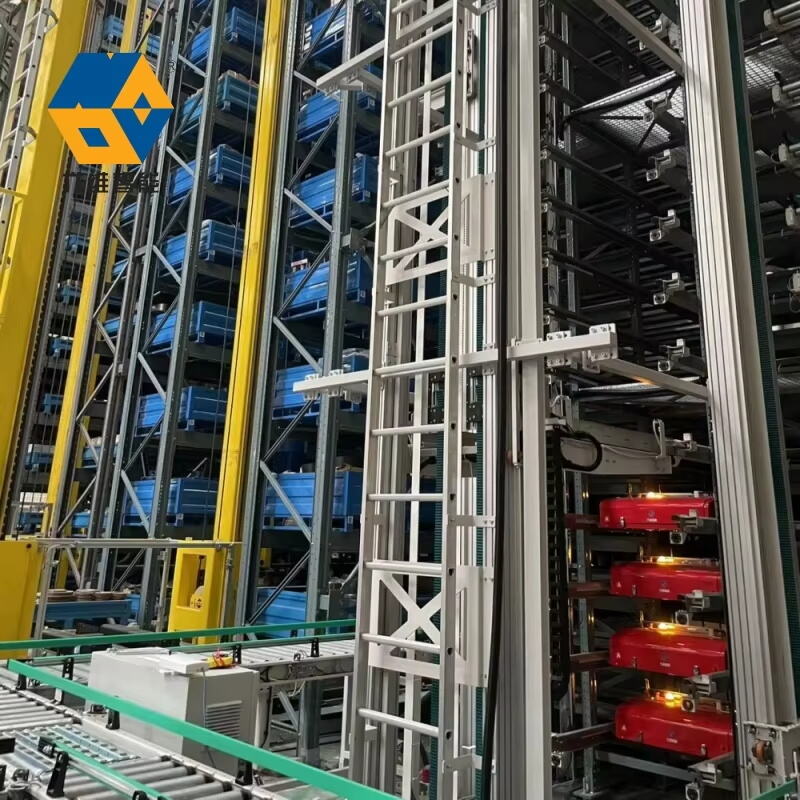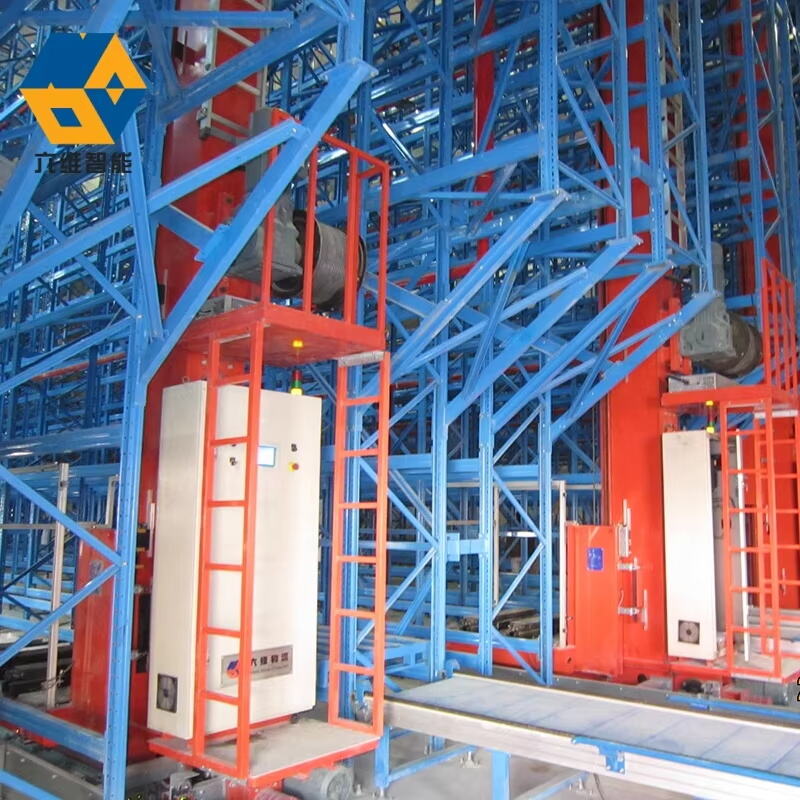Maximizing Industrial Storage Efficiency with Advanced Racking Systems
The modern industrial landscape demands innovative storage solutions that can handle increasingly complex logistics and warehousing needs. Heavy duty rack systems have emerged as the backbone of efficient industrial storage, offering robust solutions that combine strength, durability, and optimal space utilization. These industrial-grade storage solutions are transforming how businesses manage their inventory, streamline operations, and maintain competitive advantage in today's fast-paced market.
As warehouse space becomes more valuable and operational costs continue to rise, the importance of implementing the right heavy duty rack system cannot be overstated. These systems not only provide reliable storage solutions but also contribute to improved workflow efficiency, reduced handling times, and enhanced safety measures throughout the facility.
Essential Components of Industrial Storage Systems
Structural Design and Materials
At the core of every heavy duty rack system lies its structural integrity. Modern industrial racks are engineered using high-grade steel and advanced manufacturing techniques to ensure maximum load-bearing capacity. The uprights, beams, and cross braces are precisely calculated to handle specific weight requirements while maintaining structural stability under various conditions.
The choice of materials plays a crucial role in the longevity and performance of storage systems. Heavy-gauge steel components, reinforced connection points, and protective coatings work together to create a durable storage solution that can withstand the demands of industrial environments. These materials are carefully selected to resist corrosion, impact damage, and daily wear and tear.
Load Capacity Considerations
Understanding load capacity requirements is fundamental when selecting heavy duty rack systems. Each rack configuration must be designed to safely accommodate specific weight distributions, taking into account both individual pallet loads and the cumulative weight of stored materials. Engineers factor in various elements such as beam spacing, upright capacity, and floor loading requirements to ensure optimal performance.
Modern rack systems often incorporate advanced load distribution technologies that help prevent stress concentration and ensure even weight distribution across the entire structure. This attention to load management not only enhances safety but also extends the operational life of the storage system.

Advanced Storage Configurations
Selective Racking Solutions
Selective heavy duty rack systems remain the most versatile and widely implemented storage solution in industrial settings. These configurations offer direct access to every pallet position, making them ideal for operations with diverse inventory requirements. The flexibility of selective racking allows for easy modification of storage layouts and accommodation of varying product sizes.
Modern selective racks feature innovative design elements that maximize storage density while maintaining accessibility. Adjustable beam levels, multiple rack depths, and specialized accessories enable businesses to create customized storage solutions that perfectly match their operational needs.
Drive-In and Drive-Through Systems
For high-density storage requirements, drive-in and drive-through heavy duty rack configurations provide excellent space utilization. These systems eliminate the need for multiple access aisles, allowing forklifts to drive directly into the rack structure. This design is particularly effective for bulk storage of homogeneous products and in cold storage applications where space optimization is crucial.
The engineering behind these systems incorporates specialized guide rails, impact protection features, and reinforced support structures to ensure safe and efficient operation. Advanced design software helps optimize the layout and ensure proper clearances for material handling equipment.
Safety and Maintenance Protocols
Regular Inspection Requirements
Maintaining the integrity of heavy duty rack systems requires systematic inspection protocols. Regular assessments help identify potential issues before they become critical problems. These inspections should cover structural components, connection points, and any signs of damage or wear that could compromise the system's safety.
Professional rack inspections typically include detailed documentation of findings, recommended repairs, and preventive maintenance measures. This systematic approach helps facilities maintain compliance with safety regulations while ensuring optimal performance of their storage systems.
Safety Enhancement Features
Modern heavy duty rack systems incorporate numerous safety features designed to protect both personnel and stored materials. Column protectors, end-of-aisle guards, and wire mesh deck panels are just a few examples of safety accessories that have become standard in many installations. These features help prevent accidental damage and create a safer working environment.
Advanced safety systems may also include load monitoring devices, seismic protection elements, and integrated fall protection mechanisms. These innovations reflect the industry's commitment to workplace safety and risk management.
Implementation and Integration Strategies
Planning and Design Considerations
Successful implementation of heavy duty rack solutions begins with comprehensive planning. This includes detailed analysis of space requirements, material flow patterns, and future growth projections. Professional designers use advanced modeling software to create optimal layouts that maximize storage efficiency while ensuring smooth operational flow.
The planning phase must also consider factors such as building constraints, fire protection requirements, and local building codes. Integration with existing systems and potential future automation needs should be factored into the initial design process.
Installation Best Practices
Professional installation of heavy duty rack systems requires specialized expertise and attention to detail. Certified installers follow strict protocols to ensure proper assembly, alignment, and anchoring of all components. The installation process typically includes multiple quality control checks and final inspection to verify compliance with design specifications.
Post-installation documentation, including load capacity plates and safety guidelines, must be properly displayed and maintained. Training for facility personnel on proper use and maintenance procedures is essential for long-term success.
Frequently Asked Questions
What factors should be considered when selecting a heavy duty rack system?
When choosing a heavy duty rack system, consider factors such as required load capacity, product dimensions and weight, material handling equipment specifications, available space dimensions, and anticipated future growth needs. Environmental conditions, operational workflow, and budget constraints should also influence the selection process.
How often should industrial storage racks be inspected?
Industrial storage racks should undergo thorough professional inspection at least annually, with regular internal inspections conducted quarterly or monthly depending on usage intensity. Daily visual checks by operators can help identify immediate safety concerns or damage requiring attention.
What are the key maintenance requirements for heavy duty rack systems?
Key maintenance requirements include regular cleaning, immediate repair of any damaged components, maintaining proper load distribution, ensuring proper alignment of rack components, and periodic tightening of connections. Documentation of all maintenance activities and repairs should be maintained for compliance purposes.

